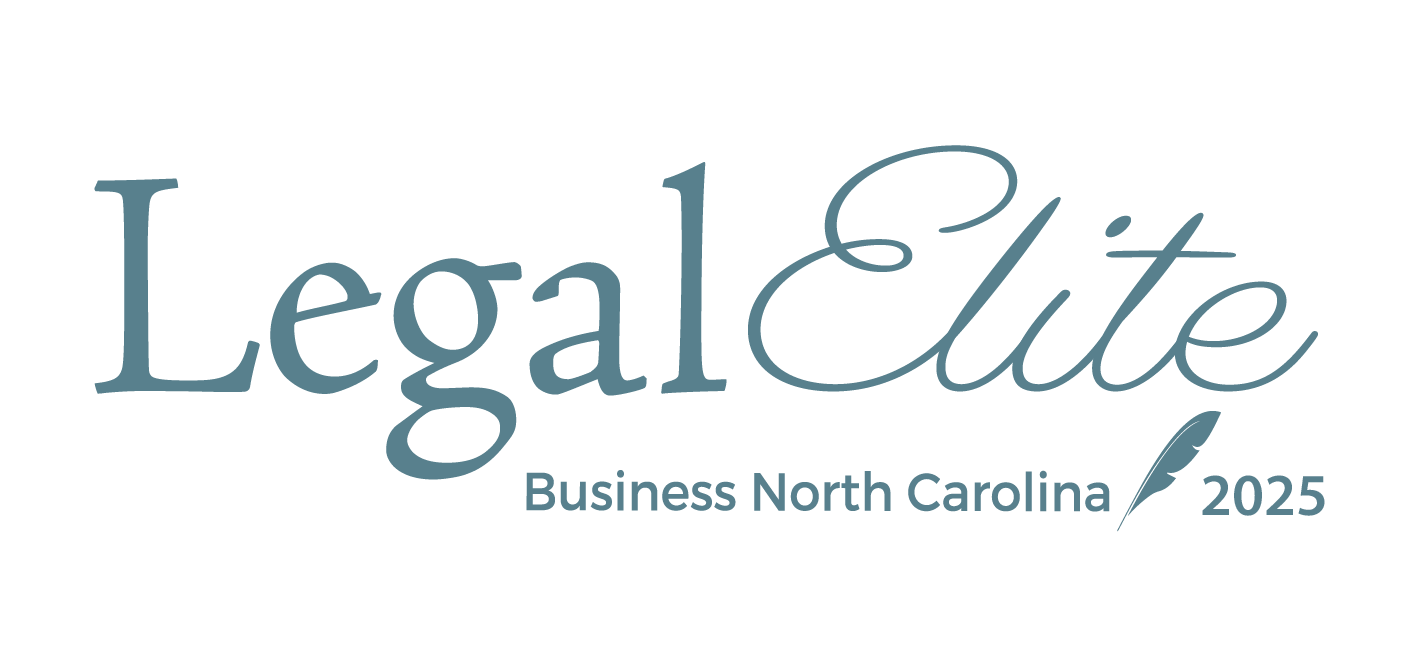Union membership in the private sector, nationwide and in states like North Carolina, is hardly flying off the shelf. It now appears that the NLRB is trying to accomplish by administrative fiat what has not been accomplished legislatively (i.e., to make it easier for unions to win "certification" elections).
Background
"Unionization" of employees in the private sector has been declining for decades. According to a report issued in January of this year by the Bureau of Labor Statistics of the U.S. Department of Labor ("BLS"), in 1983, the union-membership rate was about 20 percent and there were 17.7 million union workers. By 2014, the union-membership rate throughout the United States had plummeted to about 11 percent. (Notably, "public sector" employees are represented by unions at much higher rates than in private industry. According to the BLS, about 39 percent of public sector employees were represented by labor unions in 2014, but "private sector" employees were represented by unions at the far lower rate of about 7.4 percent.)
The fate of private sector unions in North Carolina has been even bleaker. During the ten‑year period ending in 2014, the percentage of employees in North Carolina who were represented by unions peaked in 2008 at 5 percent, during which a mere 3.5 percent of such employees were members of unions. For 2014, however, only 3.2 percent of North Carolina workers were represented by unions and a mere 1.9 percent of such workers were actually members. In 2014, North Carolina had the lowest union-membership rate in the country.
The 2014 Final Rule
Union membership in the private sector, nationwide and in states like North Carolina, in other words, is hardly flying off the shelf. On December 15, 2014, the National Labor Relations Board ("NLRB") "adopted a Final Rule ("NLRB Final Rule") that will modify in certain respects the procedures applicable to the processing of [labor union] representation cases"—that is, cases in which unions seek to organize and represent employees in non-union workplaces.
The NLRB Final Rule took effect on April 14, 2015, and applies to all representation cases filed on or after that date. The General Counsel for the NLRB, in a recent memorandum entitled "Guidance Memorandum on Representation Case Procedure Changes Effective April 14, 2015," wrote that the NLRB Final Rule does NOT establish "new timeframes for conducting elections or issuing decisions," and that the NLRB "will not be able to fully assess what impact the rule will have on the overall timing of elections until we have had . . . experience processing representation petitions under the Final Rule."
Still, the NLRB Final Rule is known in some circles as the "ambush rule" because conventional wisdom indicates that the new procedures will abbreviate the already typically brief period between a union's filing of an election petition with the NLRB (when most employers first learn that a union hopes to represent its employees) and the holding of an election. That period—which is the only time that employers have to campaign to their employees in direct opposition to the aspiring union—had usually been in the range of about 40 days. It now appears that even those precious few days will be cut short, perhaps by a week, maybe two.
Employers will certainly have less time within which to counter a union's effort to organize employees. The Obama Administration's first effort to turn the tide failed to achieve passage of the "Employee Free Choice Act" which would have essentially outlawed secret-ballot workplace elections regarding unionization if a majority of employees had already signed (usually with input only from the union) "union authorization cards" naming a union as their "collective bargaining representative." It now appears that the NLRB is trying to accomplish by administrative fiat what was not accomplished legislatively (i.e., to make it easier for unions to win "certification" elections).
The NLRB promotes its "Final Rule" as an effort to modernize and streamline NLRB procedures, diminish "unnecessary" litigation, and make the union certification process more transparent and uniform. The purpose and probable effect of the NLRB Final Rule, however, appears less benign and intended to facilitate employee representation by unions (without which the NLRB would have little reason to exist).
What the NLRB Final Rule Requires
The NLRB's new procedures are outlined on its website. Some of the highlights are as follows:
- Formerly, unions could not file certification petitions with the NLRB electronically. Now election petitions, election notices, and lists of potential voters may be sent electronically, and the NLRB's regional offices may deliver notices and documents electronically rather than by "snail mail."
- After the filing of an election petition, the NLRB has traditionally conducted a pre‑election hearing within 15 days to determine such matters as the scope of the "appropriate bargaining unit" and the identities of those who may vote in the election. Under the NLRB Final Rule, pre‑election hearings will usually begin a mere eight days after the notice of hearing has been provided to the employer.
- Under the previous rules, the employer was not required to provide a list of prospective voters to the NLRB and the union until after the Regional Director had directed the holding of an election or approved an "election agreement" between the employer and the union. Under the NLRB Final Rule, the employer must provide the NLRB and the union with a list of prospective voters with their job classifications, shifts, and work locations usually one business day before the pre-election hearing opens.
- Under the previous rules, the employer had to provide the union with a list of prospective voters only within seven days after the approval of an election agreement between the employer and the union or the Regional Director's decision directing an election, and the list was required to provide only employees' names and home addresses. The NLRB Final Rule, however, requires employers to provide the union with the voter list within two business days after the Regional Director's approval of an election agreement or decision directing an election, and the list must now include potential voters' personal telephone numbers and e-mail addresses (if available).
- Previously, the employer could insist on litigating voter eligibility and related issues, which could obviously postpone the election. Under the NLRB Final Rule, however, the parties are typically permitted to "litigate only those issues that are necessary to determine whether it is appropriate to conduct an election." As a result, hearings will generally be shorter (if conducted at all), and the employer will lose the leverage that it might otherwise have exerted to persuade the union to agree with the employer on the scope of the bargaining unit and eligible voters.
- Previously, the employer and the union could file a brief with the NLRB within seven days, and often as late as 14 days, after the closing of the pre‑election hearing. Under the NLRB Final Rule, written briefs will be allowed only if the Regional Director determines that they are necessary which, one suspects, will be rare.
- Under the previous rules, elections were typically delayed or "stayed" for 25 to 30 days to give the NLRB time to review the Regional Directors' decisions. Under the NLRB Final Rule, "[t]here will be no automatic stay of an election."
The NLRB Final Rule has been in effect for less than 30 days. Any definitive conclusions about its effects would obviously be premature. It seems apparent, however, that the NLRB Final Rule will gut the opportunity of employers to obtain a pre‑election hearing in most cases and, even when such a hearing can be held, greatly diminish the number of election issues that an employer might contest.
It also seems apparent that the period between the filing of an election petition by a union and the holding of the election will be substantially reduced, thus undermining the employer's ability to engage in an effective campaign to persuade employees to vote against union representation. As anyone who has ever been involved in union-organizing efforts knows, unions engage in the process of trying to persuade employees to vote in favor of organization long before they file the election certification petitions. An employer cannot win unless it plays the game (according to NLRB rules), and will almost always enter the game long after it has begun, having previously had no idea that the game was even being played.
Employer Action in Response to the NLRB Final Rule
What, therefore, is an employer to do? An employer can do at least three things:
- Keep a finger on the pulse of its employees (i.e., monitor employee satisfaction, promptly address employees' grievances, and establish a human resources committee that can, and will, continually assess and, when necessary, work to improve employee morale);
- Implement personnel policies addressing the employer's view of labor unions (which should be "pro‑employee" rather than "anti‑union"), the loitering of employees on the employer's property during nonworking hours (and by non‑employees, ever), use of the employer's e-mail system by employees during working and nonworking hours (in accordance with the NLRB's recent decision in Purple Communications), and solicitation of employees by other employees; and,
- Train supervisors and develop human resources materials regarding NLRB processes and potential union campaigns to use in the event (which now seems more likely than before) that the employer receives notice of a union election petition.
Conclusion
The rules of the game, now more than ever, are stacked in favor of labor unions. Employers cannot expect a level playing field. They can, however, take steps to be prepared, and should do so in North Carolina, the state in which the percentage of employees not represented by unions exceeds 96 percent. That statistic is readily available from the U.S. Department of Labor. You can bet that enterprising unions know it.








